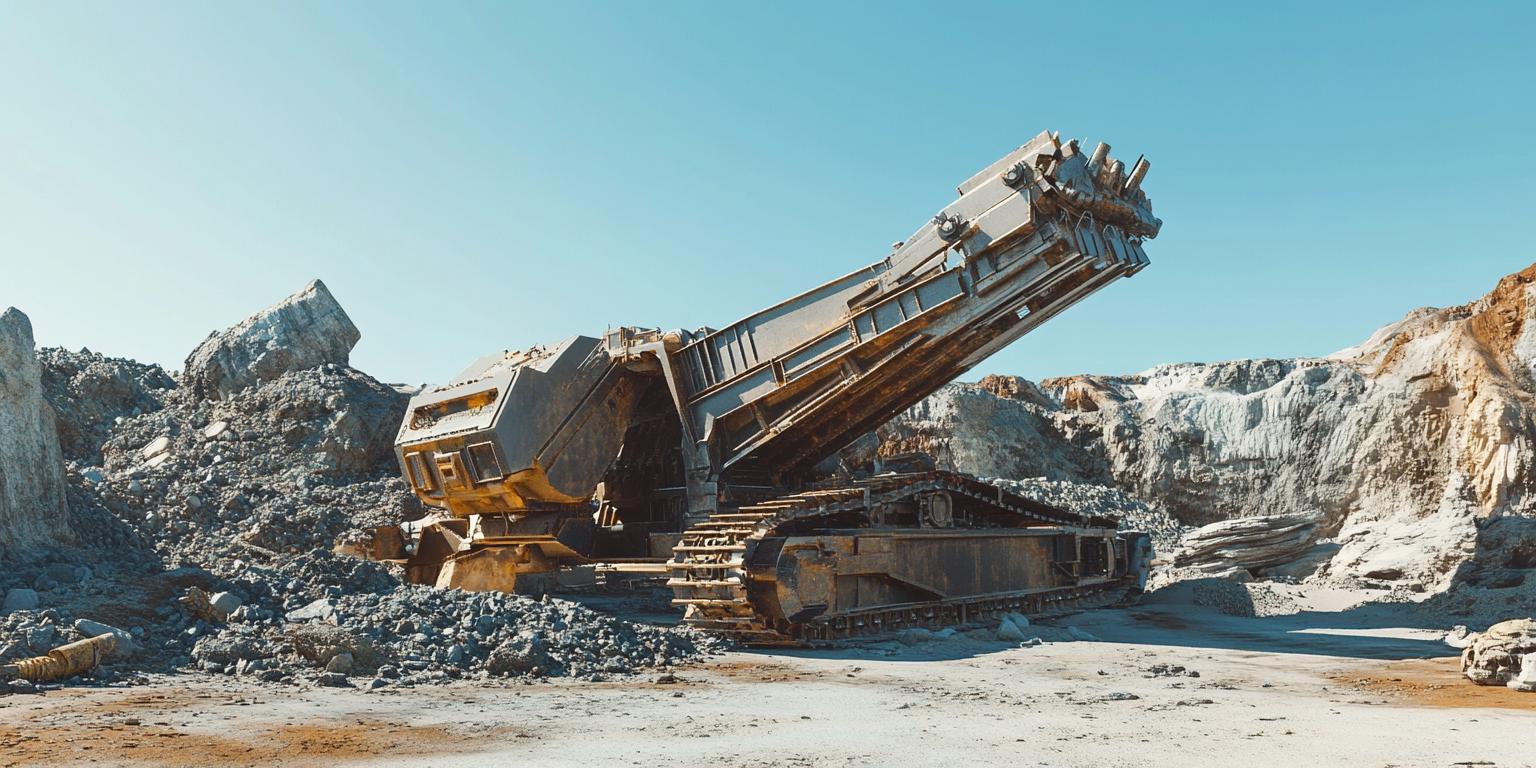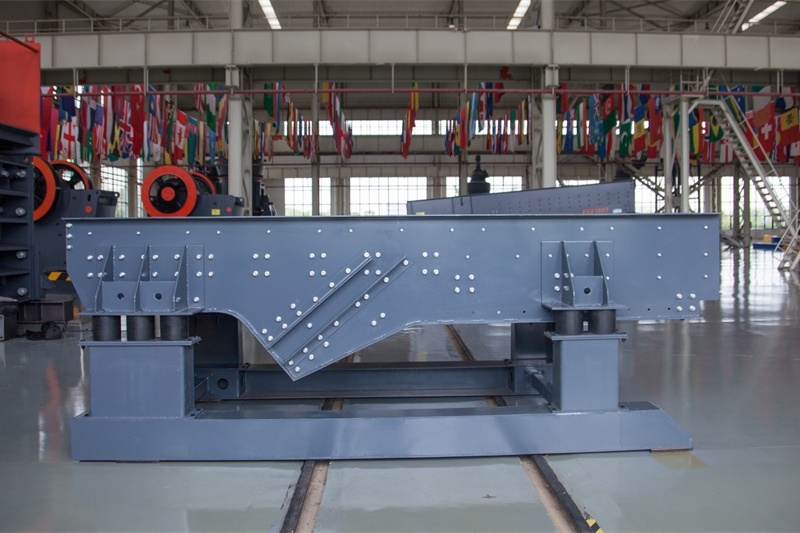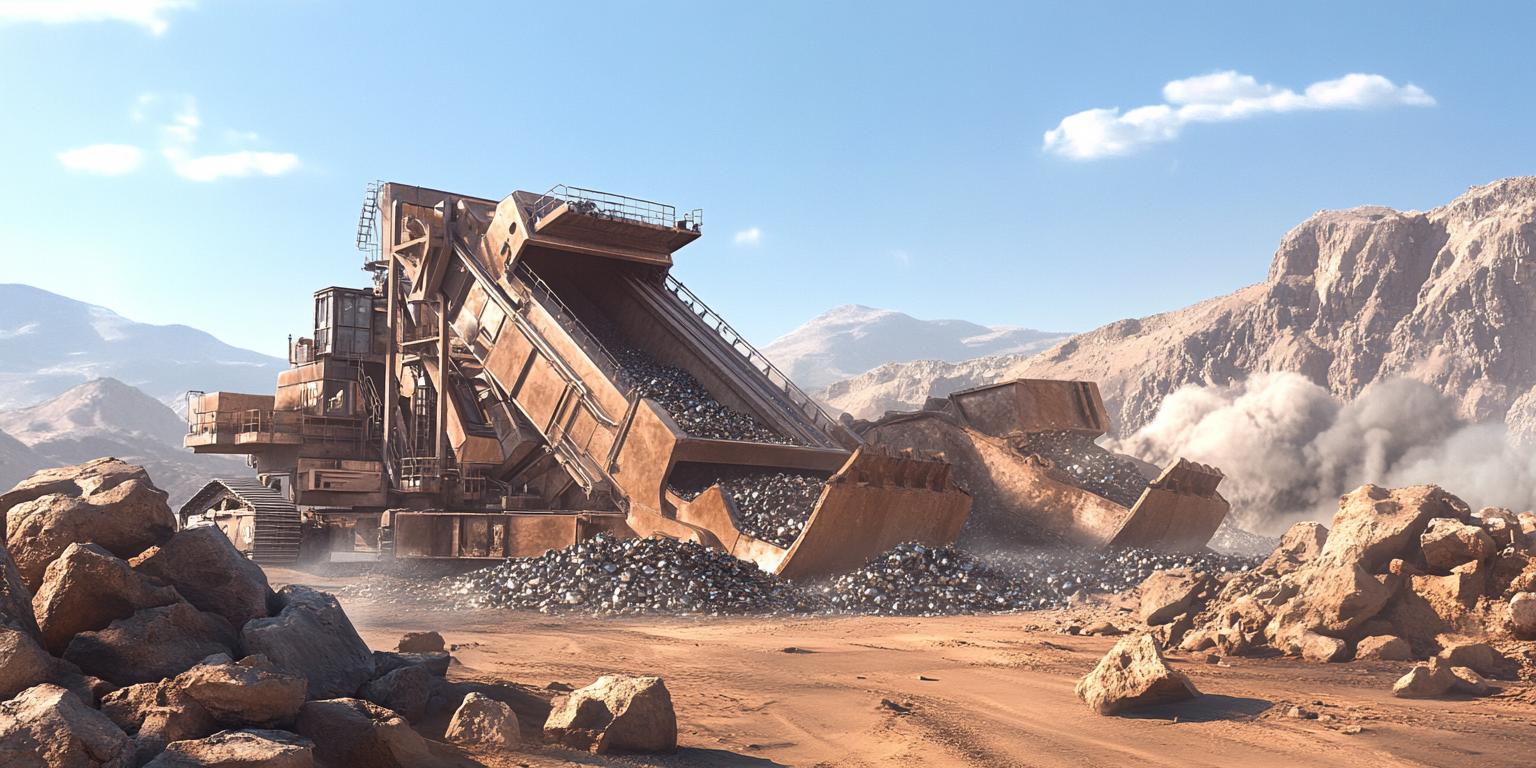
When it comes to crushing hard stones such as limestone, granite, and basalt, you face diverse challenges that stem primarily from their physical characteristics. Understanding these traits isn’t just academic — it’s fundamental for selecting the right crushing equipment and optimizing your operation's efficiency. This guide dives into how properties like hardness, moisture content, and grain size distribution shape your crushing approach, especially when configuring impact crushers for each stage: coarse, medium, and fine crushing.
| Stone Type | Mohs Hardness | Typical Moisture Content (%) | Grain Size Range (mm) |
|---|---|---|---|
| Limestone | 3 - 4 | 0.5 - 3 | 0 - 300 |
| Granite | 6 - 7 | Less than 1 | 0 - 250 |
| Basalt | 6 - 7 | 0.5 - 2 | 0 - 300 |
Understanding this variation is vital because a higher hardness stone like granite demands more robust crushing equipment compared to softer limestone.
You can think about crushing difficulty as a function of stone hardness, moisture, and particle size distribution. Creating a difficulty index based on these factors helps you prioritize equipment specs without overspending or risking underperformance. For example, stones with Mohs hardness above 6 and moisture above 1.5% signal the need for stronger rotor designs and moisture-resistant screening plates. Typically, the model might classify:
This model guides your equipment precision to avoid blind spots such as underestimating wear or clogging risks.
The following equipment parameters are crucial to optimize based on your stone type and crushing stage:
| Parameter | Impact | Adaptation Suggestion |
|---|---|---|
| Crusher Cavity Design | Controls particle size distribution & wear rate | Select deeper cavities for granite to reduce wear |
| Screen Plate Gap | Influences output gradation & clogging risk | Wider gaps for moist limestone, narrower for dry basalt |
| Feeding Method | Ensures consistent throughput & protects machine | Use uniform, controlled feeding for granite |
Effective crushing is a three-stage journey:
Balancing these stages based on your mineral hardness profile achieves remarkable throughput and consistently reduces wear. Adjust screen settings and rotor speed dynamically for stones like basalt which are tougher and prone to more abrasive wear.

Encountering issues such as over-crushing, blockages, or uneven discharge? Our quick guide helps you diagnose:
A proactive maintenance and monitoring plan reduces downtime by over 20%, saving thousands annually in operational costs.

An industry-leading example stands in the CI5X heavy-duty rotor impact crusher, excelling in processing complex ore conditions. Its superior cavity adaptability and adjustable screen plate design deliver:
This crusher minimizes unplanned downtime and maximizes your ROI, thanks to technical designs attuned to stone property variances — exactly the precision and efficiency you need.

"Understanding the mineralogical traits before choosing the equipment can reduce your operational risks by over 40%. The CI5X crusher’s design flexibility is a game-changer in the heavy-duty impact crusher segment." — Dr. Elena Grayson, Mining Process Engineer
Your input fuels better solutions — let’s discuss your specific stone crushing questions or equipment configuration needs.